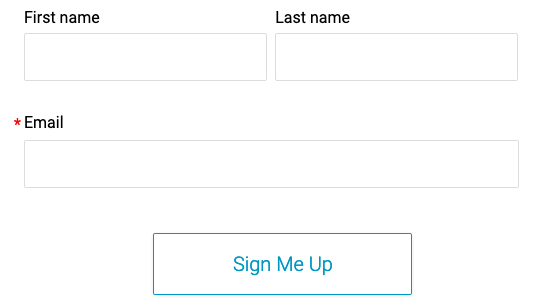While a primary goal of marketing is conversions, email unsubscribes, or opt-outs, are a normal part of any digital marketers day. Most industries have less than a 0.4% unsubscribe rate, according to MailChimp. Making it easy for your contacts to unsubscribe from your emails is part of growing an engaged email list (check out the 5 Rules to Grow Your Email List and Give Supporters What They Want by my friend and digital operations wizard, Katie Damico).
One of my clients is a B2B company, so most of the email addresses in the CRM are prospect’s business emails. With a national average job tenure of just a few years, turnover is common and email addresses age out quickly.
I noticed a trend that email recipients were clicking through to unsubscribe and then that same “person” (according to cookies) was re-subscribing on a different page with a different email address. Here’s what was happening:
- Person A opts-in to our emails.
- Person A eventually leaves the company.
- Person A’s emails are forwarded to their colleague, Person B.
- Person B is sick of getting person A’s emails, so they opt-out person A.
- While on the website, Person B finds the resources interesting and decides to opt in for themselves.
So I decided to try something crazy and added an email opt-in at the bottom of the unsubscribe page.
Friendly, casual language was a must. Obviously most of the people who come to your unsubscribe page are annoyed with you, and you don’t want to add madness to misery.
Do you want to subscribe with a different address?

If you were to make a list of the 1,047 places to put an email opt in, probably the last place on your list would be on your email opt out page.
But it worked. Many people have immediately subscribed when opting out a colleague. For minimal effort, my client is retaining contacts from key prospect companies in the database, in spite of employee turnover.
